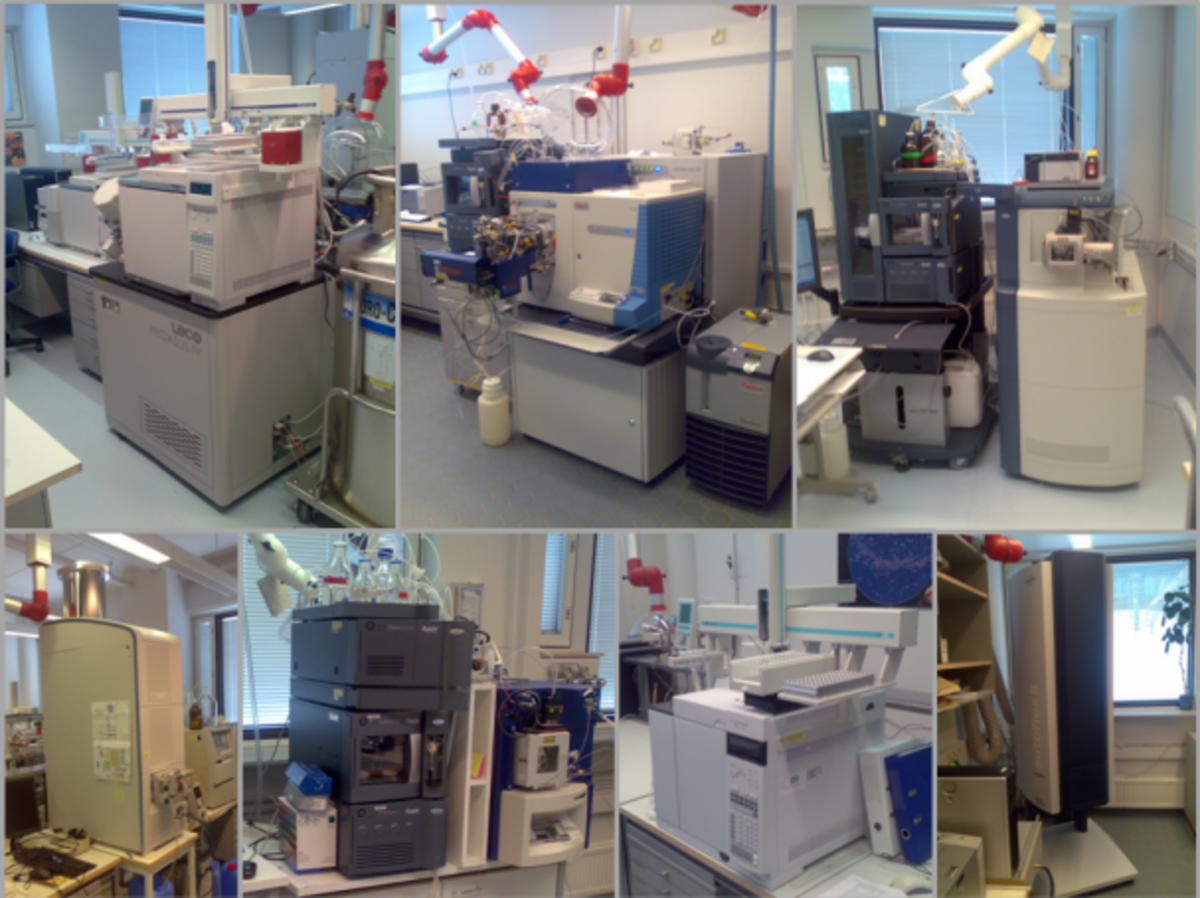Omics platforms - Quantitative Proteomics
Short description:
Omics platforms – Qualitative and quantitative proteomics by mass spectrometry The platform has been designed to perform qualitative and quantitave protein and proteome analysis. On the single protein level protein characterisation like protein modifications and protein-protein interactions are the most relevant applications. On the proteome level we perform global and targeted analysis of eukaryotic tissue, or cellular or bacterial extracts. The subsequent pathway analysis enables the detection of e.g. the mode of action of environmental contaminants on the chosen biological model. There are several techniques of isotopic labelling established that allow the accurate quantification in eucaryotic models like SILAC (stable isotope labelling of amino acids in cell culture) or flux analyis in bacterial communities (Protein stable isotope probing: Protein-SIP).
Major research issues/sites:
In respect to human health we focus on deciphering the effects of contaminants on the liver, immune, and respiratory system and model organisms. Therefore the global analysis of tissues and cellular models after exposition is assessed in terms of relative abundance. Selected proteins can be absolutely quantified by targeted analysis. Furthermore the functional analysis is supported by selected detection of post translational modifications like phosphorylation, acetylation and ubiquitinylation.
In respect to microbial ecology and biodegradation we analyse pure cultures by global and targeted analysis and apply metaproteomic approaches using isotopically labelled substrates to identifying and following the atomic fluxes in order to clearify structure and function of microbial consortia.
5 exemplary references:
Murugesan K, Baumann S, Wissenbach DK, Kliemt S, Kalkhof S, Otto W, Mögel I, Kohajda T, von Bergen M, Tomm JM. Subtoxic and toxic concentrations of benzene and toluene induce Nrf2-mediated antioxidative stress response and affect the central carbon metabolism in lung epithelial cells A549. Proteomics. 2013
Blumert C, Kalkhof S, Brocke-Heidrich K, Kohajda T, von Bergen M, Horn F. Analysis of the STAT3 interactome using in-situ biotinylation and SILAC. J Proteomics. 2013 Dec 6;94:370-86.
Goettsch C, Kliemt S, Sinningen K, von Bergen M, Hofbauer LC, Kalkhof S. Quantitative proteomics reveals novel functions of osteoclast-associated receptor in STAT signaling and cell adhesion in human endothelial cells. J Mol Cell Cardiol. 2012 Dec;53(6):829-37.
Taubert M, Vogt C, Wubet T, Kleinsteuber S, Tarkka MT, Harms H, Buscot F, Richnow HH, von Bergen M, Seifert J. Protein-SIP enables time-resolved analysis of the carbon flux in a sulfate-reducing, benzene-degrading microbial consortium. ISME J. 2012 Dec;6(12):2291-301.
Seifert J, Taubert M, Jehmlich N, Schmidt F, Völker U, Vogt C, Richnow HH, von Bergen M. Protein-based stable isotope probing (protein-SIP) in functional metaproteomics. Mass Spectrom Rev. 2012 Nov-Dec;31(6):683-97.
Short technical description:
LTQ Orbitrap XL ETD-MS
MSD Trap (Agilent)
MALDI- TOF/TOF-MS/MS using ULTRAFLEX III (Bruker)
Äkta Purifier
LC-System (SEC, SCX, HILIC, C4, C18) (Waters)
Specific features/uniqueness:
Automatic nano-spray source (TriVersa NanoMate, Advion)
Multiple fragmentation techniques (CID, PQD, HCD, ETD)
Offline- and online 2D-LC-MS possible
Options and conditions for visiting scientists:
Need to be discussed, depending on joint research interest or projects
Unit Cost of use and principles of costing:
For service analysis per day approx.500-1000 € or more if non-standard methods or post-analysis is necessary For cooperation according to individual agreement
centre running the infrastructure:
UFZ - Helmholtz Centre for Environmental Research
type of facility:
Laboratory / high-end instrument
Contact
- UFZ - Helmholtz Centre for Environmental Research
- Phone: +49 341 235-0